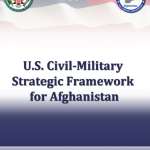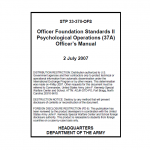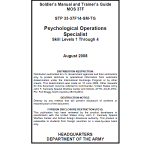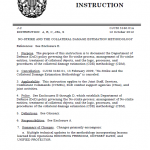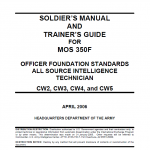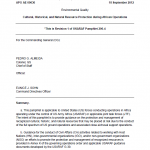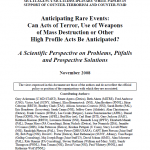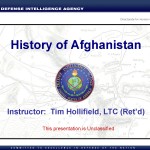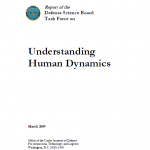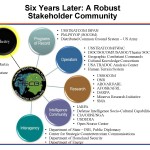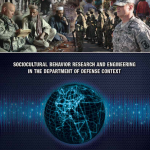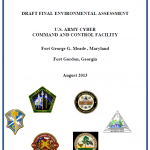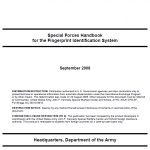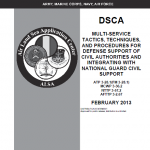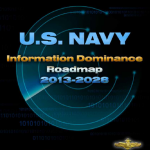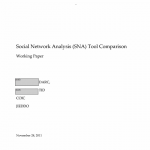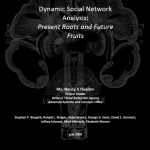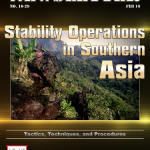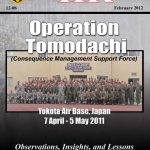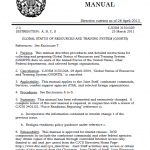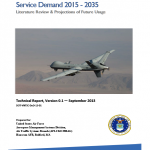
This report assesses opportunities, risks, and challenges attendant to future development and deployment of UAS within the National Airspace System (NAS) affecting UAS forecast growth from 2015 to 2035. Analysis of four key areas is performed: technology, mission needs, economics, and existing or anticipated challenges to routine use in NAS operations. Forecast effects of emerging technologies as well as anticipating new technological innovations in areas of airframes, powerplants, sensors, communication, command and control systems, and information technology and processing are evaluated. Anticipated mission needs include intelligence, surveillance and reconnaissance (ISR), as well as new areas such as stores delivery, cargo transport, search and rescue, and pilot augmentation; example business case models are developed for each of these areas. Challenges to routine UAS usage in the NAS include: absence of legislation and regulations for safe flight in integrated airspace; pilot training and certification; regulatory, policy, and procedural issues; social issues, such as privacy and nuisance concerns; environmental issues, such as noise and emissions; and safety.
Read more →
